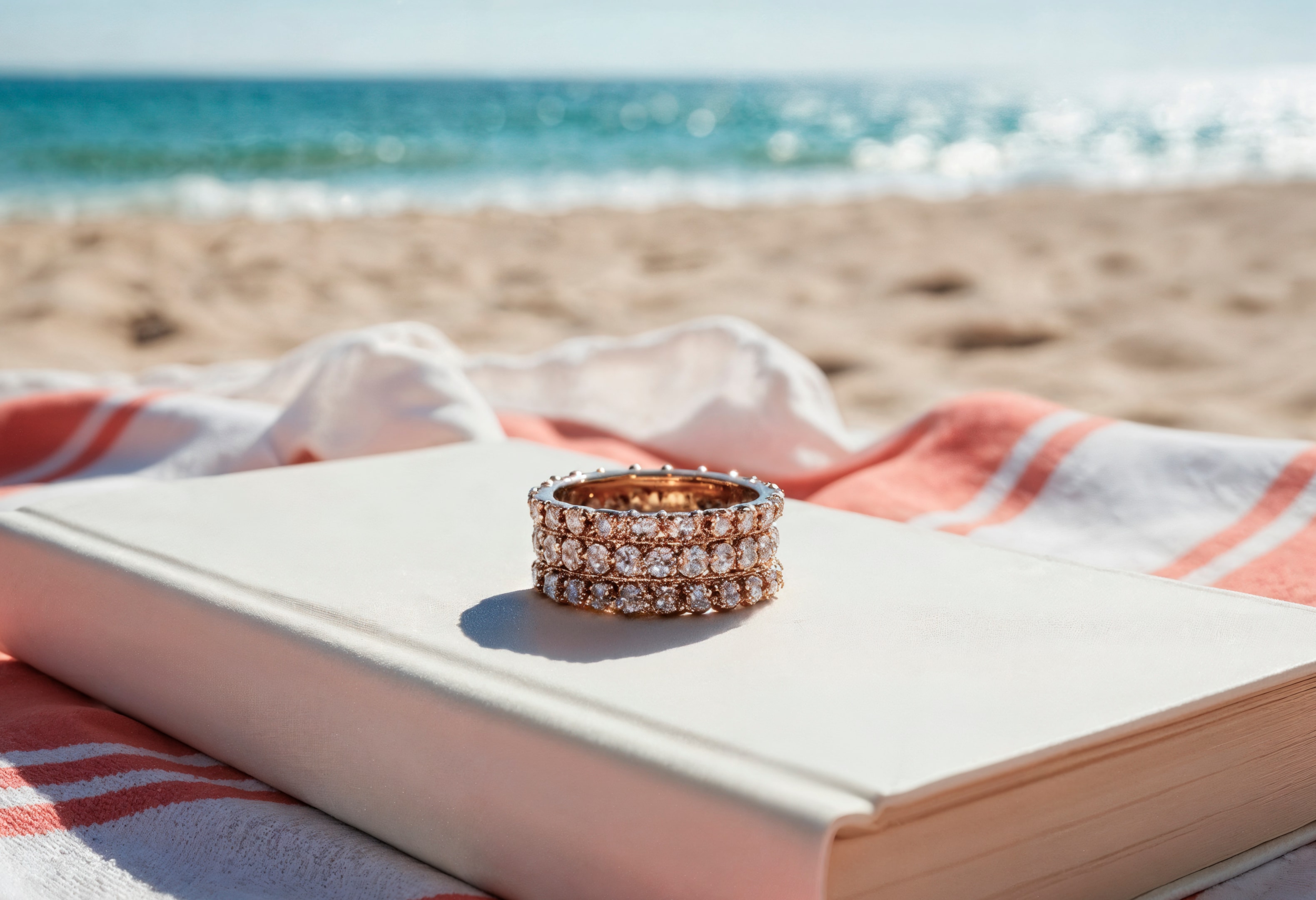
How to Protect Jewellery and Valuables While Travelling
Travelling with jewellery and high-value items can expose you to theft, loss, or damage. With tourist scams on the rise, and £60 million worth of luxury watches stolen last year, the risk of theft is increasing.
Whether you’re carrying an engagement ring, a luxury watch, or a sentimental heirloom, taking the right precautions is essential. Standard travel insurance often falls short when it comes to valuable possessions, with low claim limits and strict exclusions. rivr’s high-value contents insurance is designed to fill these gaps, offering comprehensive worldwide protection for specified items.
Below, we explain how to protect your valuables while travelling, what cover you need, and how to avoid common risks.
Does standard travel insurance cover jewellery?
Most standard travel insurance policies offer limited protection for jewellery, watches, and other valuables. These items are usually included under personal belongings, but the cover is often inadequate for high-value possessions.
If you’re travelling with valuables above these limits or of high personal value, these restrictions make it essential to explore specialist insurance options
Key questions to ask about your cover
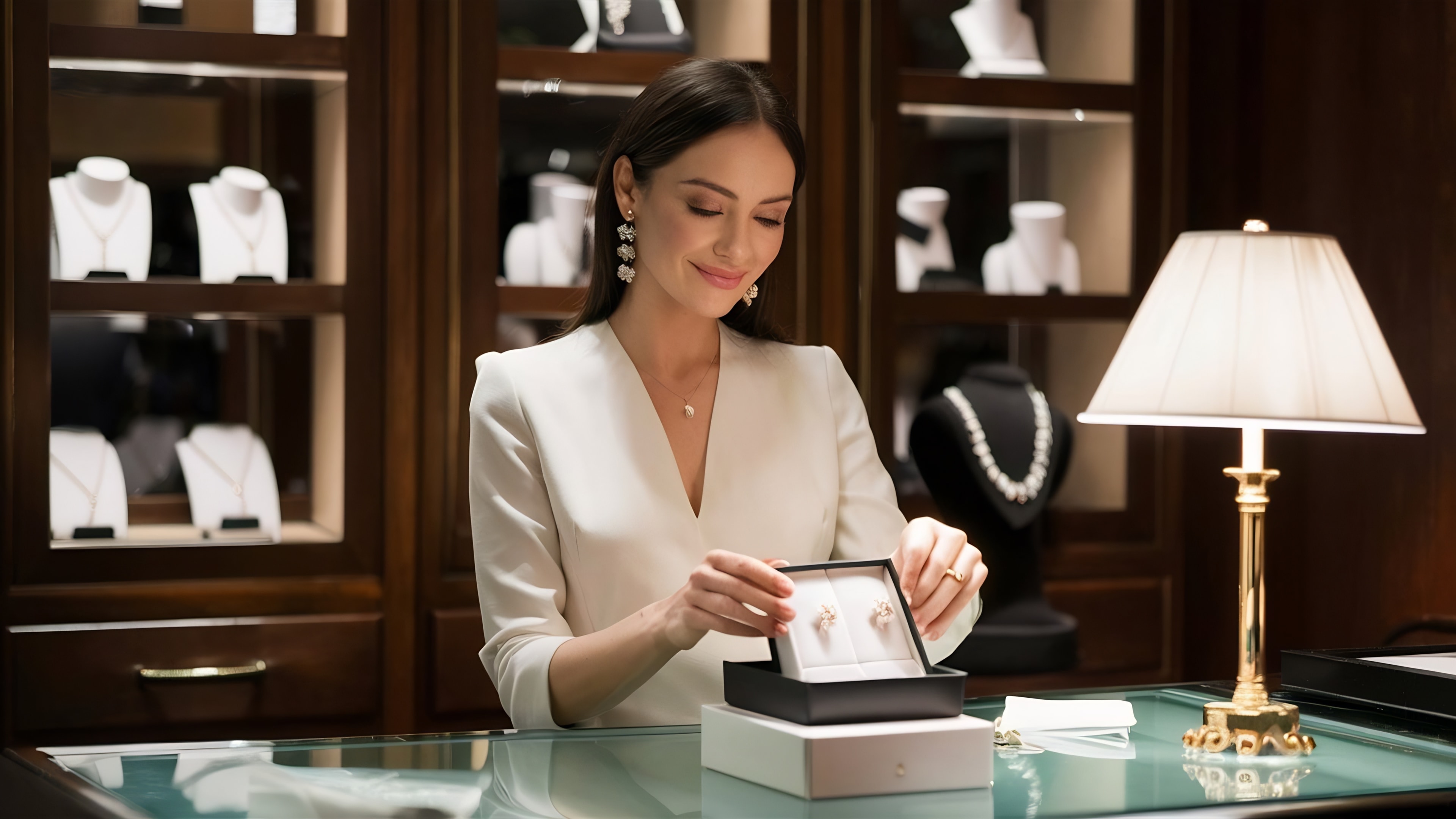
Before travelling with valuable items, review your insurance documents carefully. These key questions will help you understand if your jewellery is properly protected:
Is my jewellery covered outside the home?
Check if your policy includes personal possessions cover that applies abroad.
Do I need to list each item?
Most insurers require high-value items to be individually specified with up-to-date valuations.
What are the single-item and total claim limits?
Ensure the value of your jewellery does not exceed your insurer’s payout caps.
Is accidental damage covered?
Some policies only cover theft and loss. All-risk cover should include accidental damage.
Are there storage or security requirements?
You may be required to store items in a locked safe or keep them on your person.
If any of your answers are unclear or the limits are too low, consider upgrading your cover to ensure full protection for your valuables while abroad.
How specialist jewellery insurance compares
If your standard travel or contents insurance offers limited cover, a specialist policy may be more appropriate, especially for high-value items taken abroad.
Key features to look for include:
- Worldwide cover that applies whether you’re at home or travelling
- All-risks protection for theft, loss, and accidental damage
- High single-item limits, ideally based on declared valuations
- Agreed value cover, so you receive the full insured amount, not a depreciated payout
- Flexible listing requirements, with clear rules for items that must be specified
rivr’s high-value contents insurance meets all these criteria, offering comprehensive protection for jewellery and personal items wherever you take them.
How to insure jewellery and valuables for travel
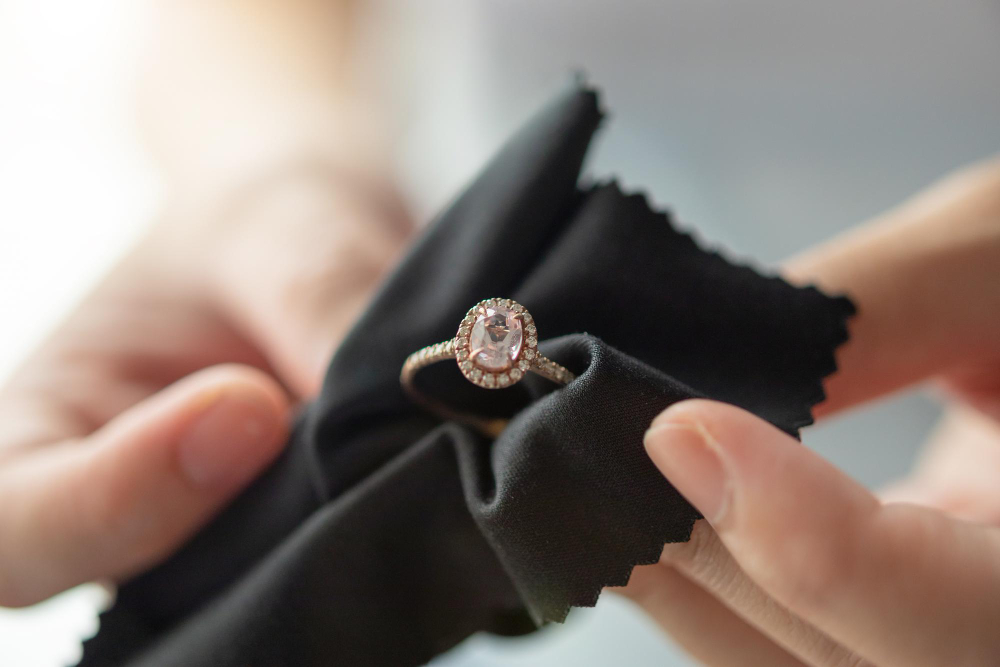
1. Check your existing policies
Your home or contents insurance might already provide some protection for valuables while you travel. Look for a “personal possessions” extension that applies away from home, and check whether this includes worldwide cover.
Review the single-item and total claim limits, and confirm whether high-value items need to be specified. Items like engagement rings or luxury watches should always be individually listed to avoid underinsurance.
2. Consider standalone jewellery insurance
Standalone jewellery insurance is often the most comprehensive option for high-value items while travelling. These specialist policies typically offer worldwide “all-risks” cover for theft, loss, and accidental damage. They tend to provide higher limits and fewer exclusions than standard policies, and most do not require you to notify the insurer of each trip.
However, standalone cover is not without its own limitations:
- Requires secure storage, such as a hotel safe, to remain valid
- High-value items must be individually listed with up-to-date valuations
- May exclude cover in certain countries or high-risk regions
- Premiums can be higher for older items, frequent travel, or lack of documentation
3. Opting for high-value contents cover
If you want ongoing protection without the constraints of standalone travel policies, high-value contents insurance may be a better fit. Some providers offer worldwide all-risks cover for specified items, whether you’re at home or travelling.
This type of policy can be a reliable alternative to both standalone jewellery insurance and travel add-ons, particularly for frequent travellers or owners of multiple valuable items.
Note: You’ll typically need to provide up-to-date valuations for each item above a certain value.
Key features of rivr’s high-value contents cover include:
- Worldwide all-risks protection for theft, loss, and accidental damage
- Total cover up to £250,000
- Only items over £25,000 must be specifically listed with a valuation
- No territorial exclusions or requirement to notify travel plans
This ensures consistent, high-limit cover without the administrative burden of managing multiple policies.
Tips on how to protect your valuables while travelling
Travelling with valuable jewellery and belongings requires careful preparation. Taking simple, practical steps before and during your trip can significantly reduce the risk of loss, theft, or damage.
Here are some top tips for keeping your valuables safe, whether at the airport, on the move, or in your accommodation.
Before you travel
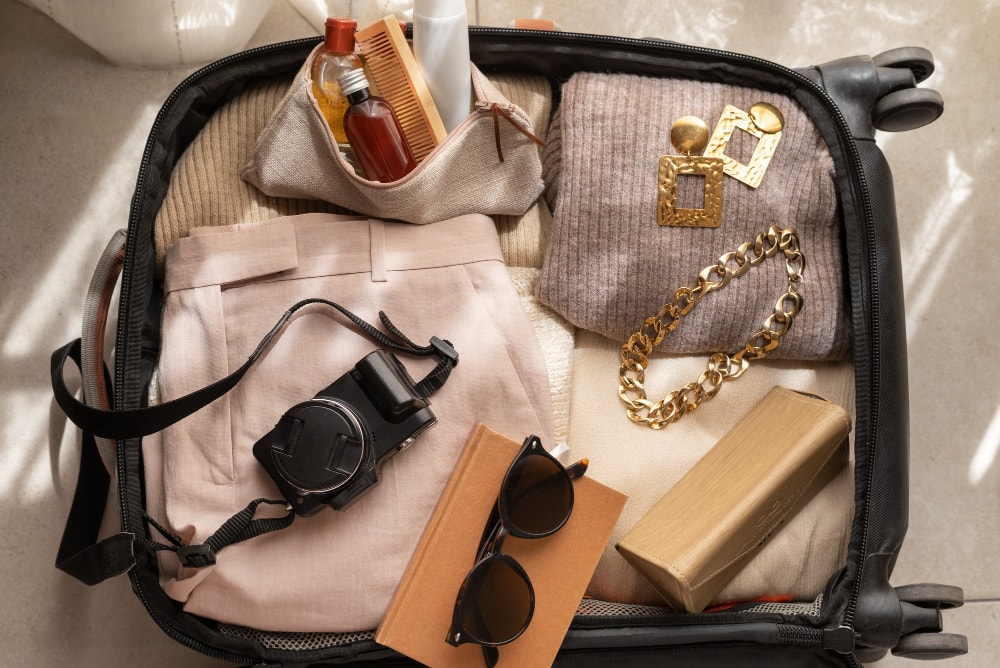
In preperation for your departure, make sure you have all your valuables documented and planned for securely.
- Photograph jewellery and record serial numbers, valuations, or appraisals. Save digital copies securely online for easy access if needed.
- Register high-value jewellery with reputable databases such as the Gemological Institute of America (GIA) to aid recovery if lost or stolen.
- Prepare your travel money in advance. Plan carefully how much you’ll need to carry and access while managing money abroad.
- Exchange foreign currency only at official bureau de change locations or banks to avoid scams and get fair rates.
During your trip
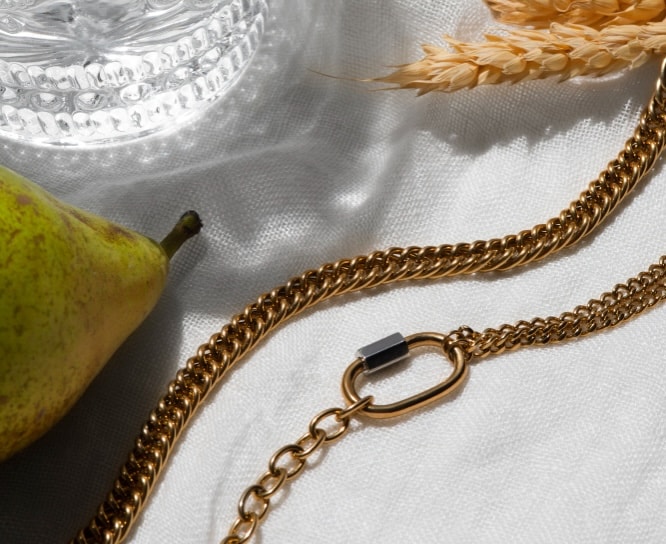
When travelling, carrying cash and money safely should be a priority to avoid attracting unwanted attention.
- Always store valuables such as jewellery, cash, and important documents securely, preferably in your hotel room safe or another suitable cash safe or money safe.
- Carry money safely by withdrawing minimal amounts of cash abroad from reputable cash machines located in secure, busy indoor locations. Avoid withdrawing cash near popular tourist attractions or in isolated parts of a new city to reduce unwanted attention.
- Avoid becoming an easy target by carrying small bills rather than visibly displaying large notes or carrying more cash than necessary. If you must carry more cash, hide money by splitting it among different places such as a hidden pocket or a money belt.
- Consider carrying a dummy wallet or decoy wallet containing a few small bills and expired cards, ready to hand over in case of theft.
- Invest in an RFID-blocking wallet or pouch to protect your passport, debit card, and other contactless items against electronic theft.
- Maintain a stash of emergency cash stored in a secure yet easily accessible place, separate from your primary wallet, to keep your money safe at all times.
- Stay alert and aware of common scams targeting tourists, particularly involving overly friendly strangers or taxi drivers who may distract you to steal your valuables.
At the airport and in transit

Airports like Heathrow report thousands of theft offences annually. Most cases happen due to a lack of caution, making extra care essential to protect your valuables while travelling through busy transit hubs.
Extra care when accessing cash or carrying valuables during transit reduces the risk of theft.
- Always carry jewellery, electronics, travel documents, and other valuables in your hand luggage rather than your main luggage.
- Use luggage with robust locks, security zips, or built-in security features for additional protection and extra peace of mind.
- Keep your valuables safe in a dedicated money safe or pouch to prevent opportunistic theft.
- Never leave valuables unattended in airports, stations, or public areas, even briefly.
UK regulations: Travelling with jewellery and valuables
When entering or leaving the UK, you must declare valuables over £390 (or £270 by private plane or boat) to avoid fines or seizure. Below are several key
- Some items require special permits, including rough diamonds and goods from endangered species.
- Always carry proof of ownership like receipts or photos for high-value jewellery.
- Items taken abroad and returned within three years may be exempt from import taxes.
- Declare cash over £10,000 when entering or leaving the UK.
- Jewellery imported must have a UK hallmark since Brexit.
For more information, visit the official UK government customs website.
What should I do if my valuables are lost or stolen?

Here are a few tips to help you respond quickly and protect yourself if your valuables are lost or stolen while travelling.
Step 1: Report to police
Immediately report the theft or loss of your important stuff, including travel documents and emergency cash, to local police authorities. Obtain a detailed written police report that accurately reflects the items lost, stolen, or damaged, along with the date, time, and circumstances of the incident. Most insurers require this as proof of the event.
Step 2: Contact your insurer
Inform your insurer as soon as possible. Prompt contact helps begin your claim quickly and ensures you receive advice on the next steps. Delaying could complicate or jeopardise your claim. Have your insurer’s firm reference number ready for faster processing.
Step 3: Provide evidence
Gather and submit comprehensive evidence without delay. This includes photographs of your valuables taken before travel, receipts, valuation certificates, appraisal reports, and the official police report.
Providing detailed documentation helps streamline the claims process, reducing stress and increasing the chance of a favourable outcome. Stay alert and keep copies of all important documents safe throughout.
Stay prepared and enjoy stress-free travel
Travelling with precious items doesn’t have to add stress or anxiety. By preparing ahead, securing the right insurance coverage, and adopting practical safety measures, you can protect your valuables effectively. Taking these steps ensures you can focus on enjoying your journey, confident that your belongings are safeguarded wherever you go.
rivr: cover for those with more to protect

We're a digital-first insurance provider specialising in high-value homes and contents. Our specialist high-value contents insurance is built for those with more to protect, offering extensive worldwide “all-risks” coverage against loss, theft, and accidental damage. It’s designed to provide tailored protection for your most valuable items, giving you complete peace of mind wherever you go
Contact our team today and experience travel with unmatched confidence.
Read more
Frequently asked questions
Travel insurance may include some jewellery cover, but limits are usually low unless items are declared. For full protection, engagement rings should be listed on your home insurance policy.
With rivr, jewellery and watches are automatically covered worldwide when insured under your contents cover. Items worth over £25,000 need to be specified with a recent valuation.
Report the loss to local police immediately and obtain an official report. Then contact your insurer as soon as possible with supporting evidence such as receipts, valuations or photos to help process your claim efficiently.
Usually only up to low limits (often £150 to £400 per item), with several exclusions. For valuable jewellery, you’ll need specialist insurance or cover through your home policy, like rivr’s worldwide jewellery protection.
It's not advisable to keep cash in checked or main luggage, as it increases the risk of theft or loss. Carry cash on your person using secure methods like money belts or hidden pockets, and keep only minimal amounts in your luggage if necessary.
Insurers expect reasonable security based on your level of cover required such as working locks, alarms, and safes for valuables. For high-value jewellery, use a safe when not worn. If your home is empty for long periods, regular checks and drained plumbing may also be required.
The best place to keep your wallet while traveling is on your person, such as in a front trouser pocket, a money belt, or a concealed pouch. Avoid back pockets or easily accessible bags to reduce the risk of pickpocketing.





